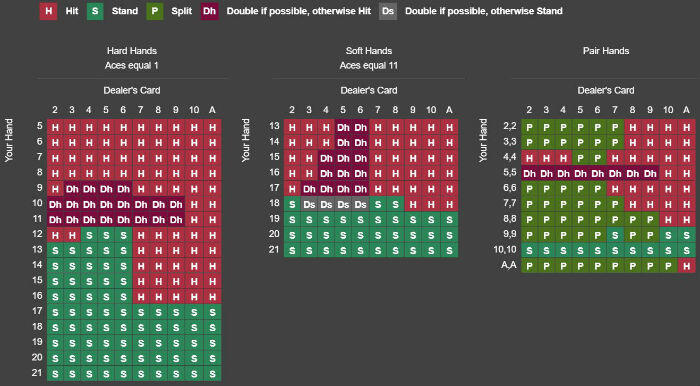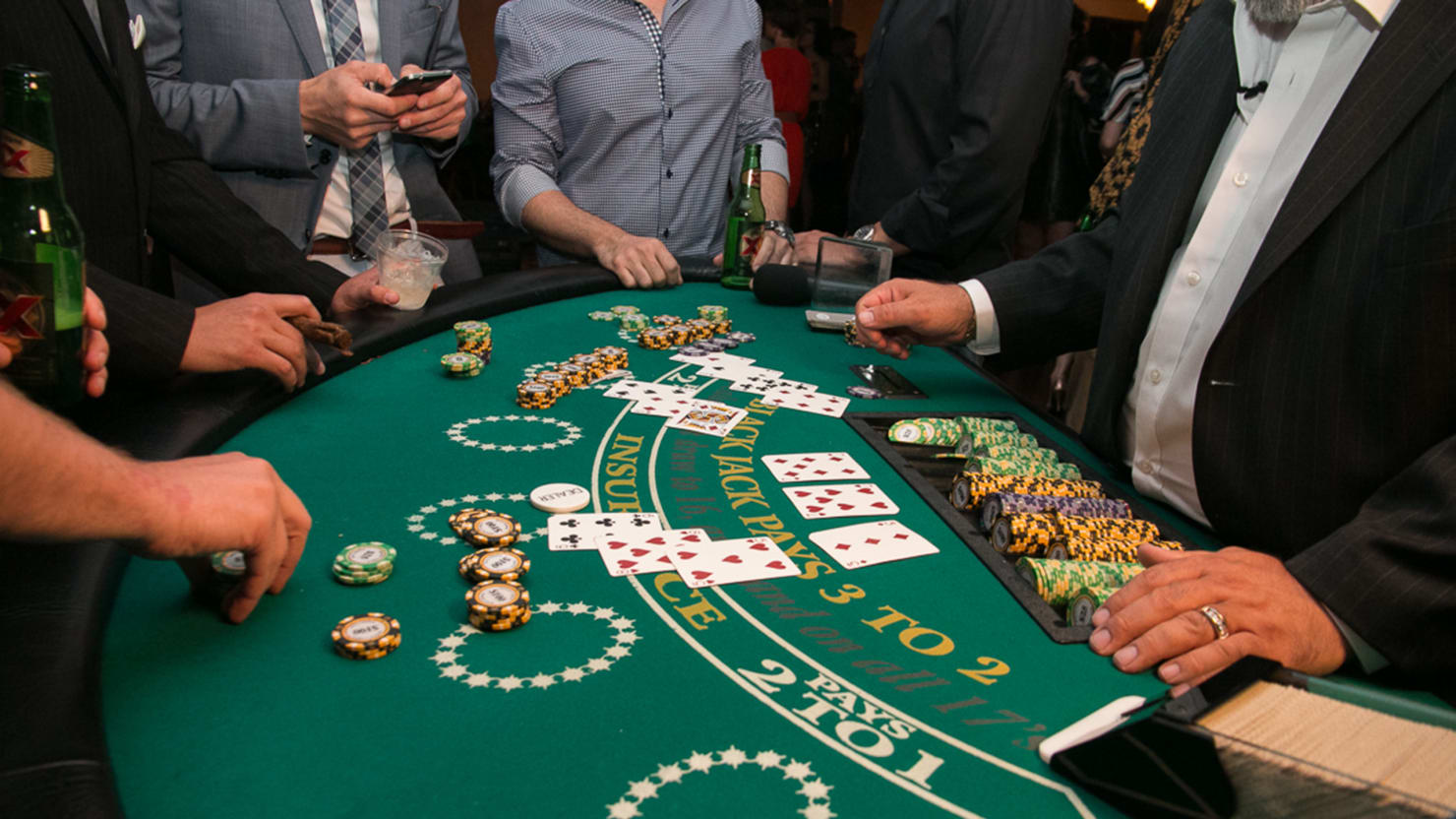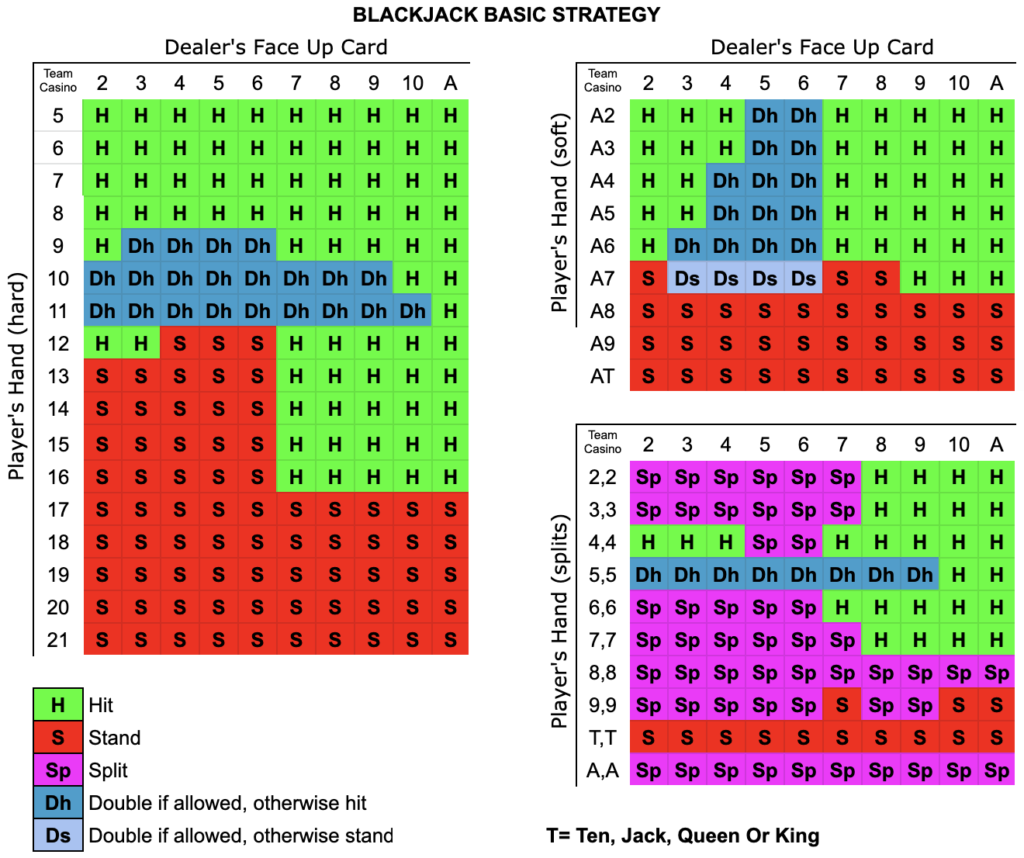By Henry Tamburin
No other hand makes blackjack players feel queasy than the dreaded 16. Players hate to hit the hand because they are afraid tobust. So many chicken out and stand no matter what the dealer shows. Others opt for the surrender option if it’s available figuring losing half a bet is better then losing it all. If your 16comes as a pair of 8’s most players are reluctant to split if the dealer shows a 9, 10, or ace because they are afraid of losing two bets instead of one. Then there is the 16 made up with anAce counted as 11 (i.e., soft 16). So what’s a player to do when he gets a 16?
- When Does The Dealer Stop Hitting In Blackjack Games
- When Does The Dealer Stop Hitting In Blackjack Machine
Most blackjack players are oblivious to whether the dealer stands or hits on soft 17. Dealer stands on soft 17 was the standard rule in years past, but a growing number of casinos now require the dealer to hit on soft 17 (hands like Ace, 6). Not only do most players fail to recognize the difference, some believe that the hit on soft 17 rule. The rule of thumb in most games of casino blackjack is that the dealer always hits a total of 16 or less and always stands on a total of 17 or more. This is the best possible situation for the player as it relates to the soft 17 rule. And this rule doesn’t take into account whether the total is soft or hard.
First, let’s focus on a hard 16. That’s a hand that does not contain an Ace or if it does the Ace counts as one. Some examples of a hard 16 would be 10-6 or 5-7-4 or 7-8-Ace.
The correct basic playing strategy for hard 16 is to stand when the dealer shows a small card (2 through 6) and hit when the dealer shows a high card (7, 8, 9, 10, or Ace). Following thisplaying strategy will not guarantee that you will win every time but that you are more likely to lose less in the long run.. Let me explain.
- If the dealer’s hand equals 16 or less, he has to keep hitting until he gets a 17, a 21, or busts. Most dealers will stand on a soft 17, and all dealers will stand on a “hard” 17, which is a safer bet for the house. Before you begin play, you should always inquire as to the Blackjack dealer’s rules for the casino you’re in.
- If you go over 21 you bust, and the dealer wins regardless of the dealer's hand. If you are dealt 21 from the start (Ace & 10), you got a blackjack. Blackjack usually means you win 1.5 the amount of your bet. Depends on the casino.
- If you get Blackjack, the dealer pays you 3 to 2. If you and the dealer both get Blackjack, it is a push and no chips are given or taken away. If you have a higher total than the dealer (or the dealer busts), the dealer matches the amount of your chips. If you have a lower total than the dealer (or you bust), the dealer takes your chips.
When Does The Dealer Stop Hitting In Blackjack Games
Suppose you are dealt a 10-6 and the dealer shows a 7 upcard.
If you hit you win on average 30% of the time and lose 70%.

If you stand you will on average win 26% and lose 74%.


Note that you improve your chances of winning the hand by 4% if you hit rather than stand. But the dealer is still an overwhelming favorite to beat you because he will win 70% of the hands toyour 30%. But is it better to win 26% of the time by standing or 30% of the time by hitting? You should hit because it will increase your chance of winning by 4%, not much, but every percentagewill help you in the long run when you play blackjack.
So the bottom line with a hard 16 is this. Even by following the basic strategy, you will lose more hands than you win but in the long run, you will lose less than following a seat-of-the-pantsstrategy. Losing less on hands where you are the underdog is just as important as winning more when you are the favorite.
What if your 16 consists of three or more cards like 5-7-4? Normally the basic strategy ignores the composition of the hand. However, if you have a hard 16 hand consisting of three or morecards, then you should stand when the dealer has a 10 showing. The reason is that you have consumed a few of the small cards that you need if you were to draw. This tips the odds in favor ofstanding.
Some casinos allow players to surrender. This means you give up the opportunity to play out your hand and automatically lose half your bet. Even when surrender is offered, most players don’tlike “giving up” without a fight. So they rarely surrender. That’s unfortunate because surrendering a hard 16 when the dealer shows a 9, 10, or Ace will save you more money in the long run thanhitting. In fact, surrender is always the best option when your chance of winning a hand is less than 25%. Take the hand of hard 16 against a 10. If we hit our chance of winning is 23.4%. Thismeans the dealer’s chance of beating us is 76.6%. If we played a hundred hard 16’s against the dealer 10 with those probabilities, we would end up winning about $23 and losing $77 for a netloss of $54 on average. By surrendering on every hand our net loss would be $50. Get the point? You are better off losing $50 then $54 which is why surrendering a hard 16 against a 10 is thebetter play because you will save $4.
If you happen to be dealt a soft 16 (like Ace-5), you should never surrender and you should never stand. Your first option is to double but only if the dealer shows a weak 4, 5, or 6 upcard. Ifnot, then hit.
Finally, we have a pair of 8’s. The correct basic strategy play is to always split the 8’s no matter what the dealer shows. Even though you will lose money on both 8’s when you split, thecombined loss, in the long run, will be less than the amount you will lose by playing the one hand as a 16. Splitting 8’s against a dealer 10, by the way, is also a slightly better play thensurrendering.
No question that 16 is a lousy blackjack hand. Unfortunately, it’s one of the most frequent hands you are going to be dealt in blackjack. But, by following the above playing strategy you willbe optimizing your chances of winning more, and losing less, in the long run. It’s the smart way to play blackjack.
When Does The Dealer Stop Hitting In Blackjack Machine
Henry Tamburin has been a respected casino gambling writer for the past 50 years. He is the author of the Ultimate Blackjack Strategy Guide and was editor of the BlackjackInsider newsletter. You can read his latest articles on blackjack, video poker, and his personal playing experiences at https://www.888casino.com/blog/writers/henry-tamburin